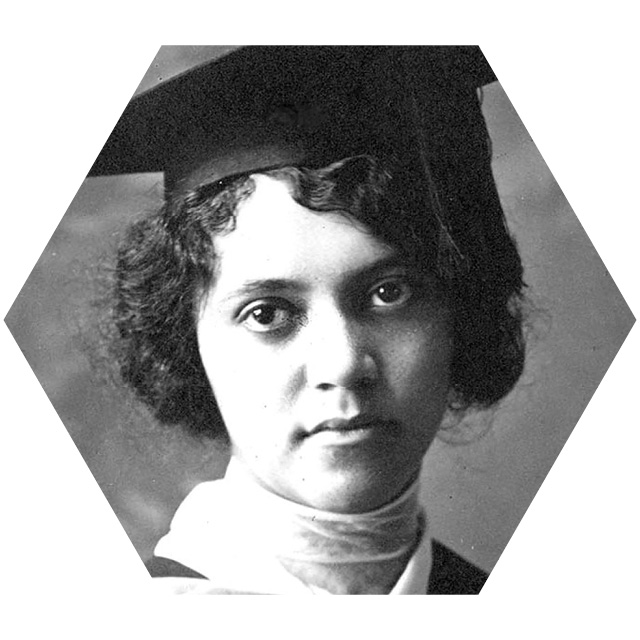Alice Ball

Alice Ball (1892 - 1916) studied chemistry at the university of Washington, earning degrees in pharmaceutical chemistry (1912) and pharmacy (1914). She published a paper in the Journal of American Chemical Society in 1914, are rare accomplishment for a woman at that time, especially a Black woman.
Ball moved to the University of Hawaii where she met Harry Hollman, a hospital surgeon looking to develop a treatment for leprosy based on the seeds of the chaulmoogra tree. Ball discovered that by synthesising ethyl esters of the fatty acids of the seed oil she was able to make water soluble compounds that could be injected into the body. Ball’s method became the preferred treatment for leprosy until antibiotic drugs were developed in the 1940’s. It’s estimated that her research helped 8000 people diagnosed with leprosy, allowing them to be treated in their own homes rather than being exiled to the leper colony on the island of Molokai.
However, Ball never got to see the success of her work – she died at the age of 24, before she could publish her findings. Her work was continued and published by a colleague who did not mention Ball and named her method after himself. Despite the efforts of Hollman, who attributed the method to Ball in a medical journal, Ball remained largely unknown for decades, until historians researched her story. In 2000 the University of Hawaii installed a plaque in her memory on the campus chaulmoogra tree she had used in her research.

